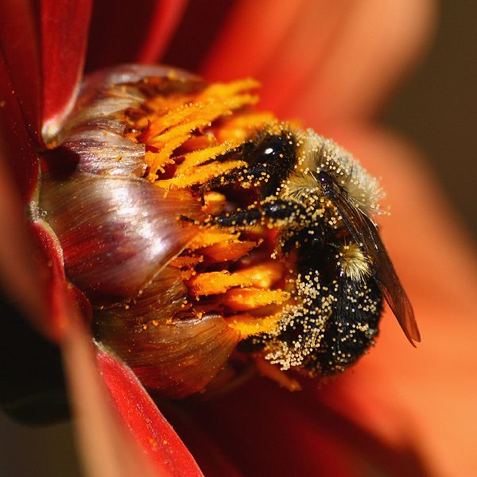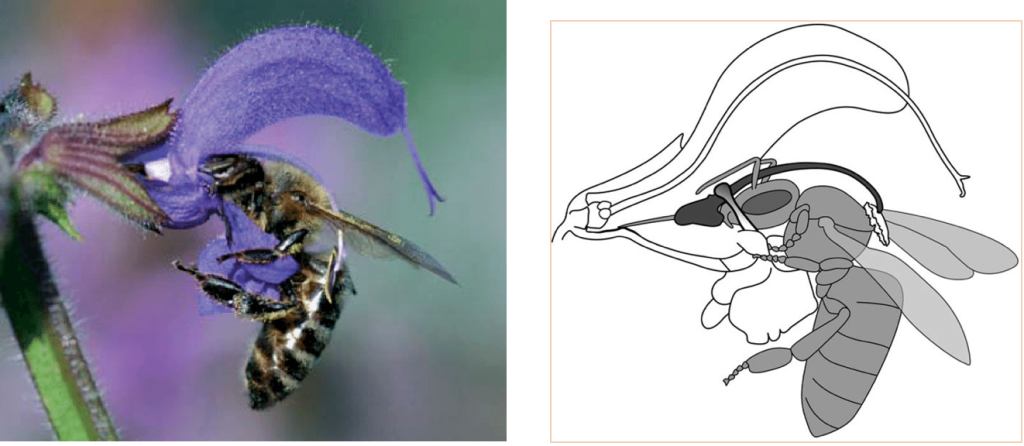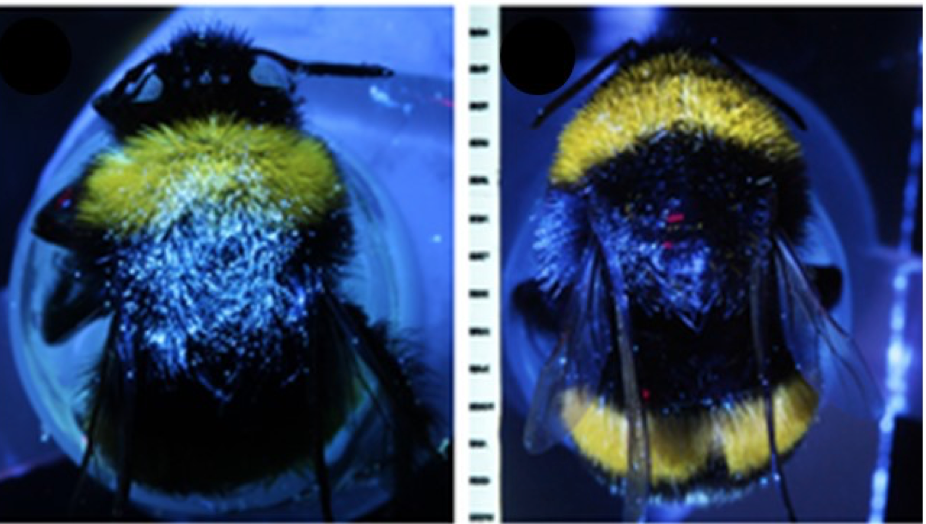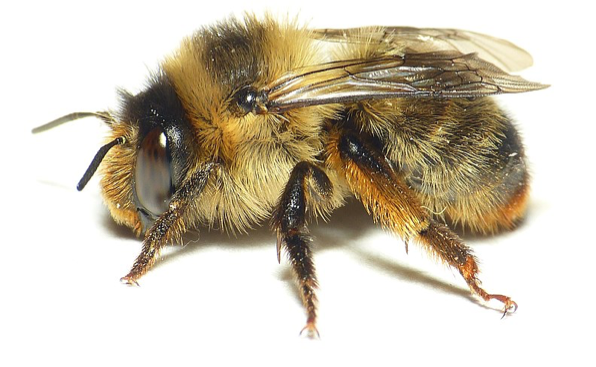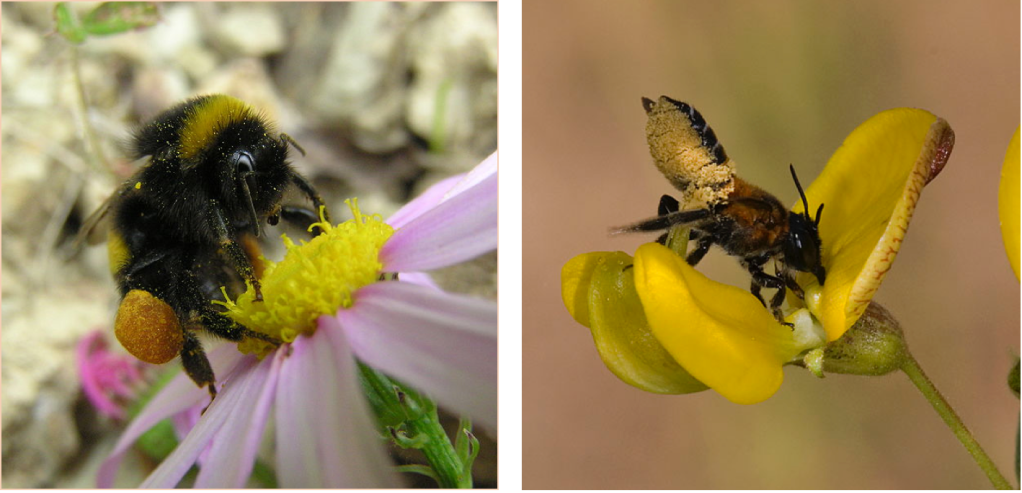When it comes to species, scientific names are used all over the world. This is with good reason, as their ever-lasting benefit is avoiding confusion and the difficulties of translation. However, there is a place for local names, and Scotland has a particularly rich range of them. Bumblebees are well served in this regard.

Depending on which part of Scotland you are in, the chances are you will find an affectionate name for bumblebees in general. These range from ‘bummer’ to ‘bummiebee, with the likes of ‘bumbard’, ‘bummie’ and ‘bumbee’ featuring too. The ‘bum’ element of the name refers to the distinctive noise bumblebees are famed for. That’s not surprising. Indeed the scientific name Bombus (which covers bumblebees) derives from the Latin Bombus: to boom, buzz or hum.
That takes us on neatly to ‘droner’, another descriptive name which finds its origins in the sound bumblebees make.
When you drill down into individual species, then the names become even more charming. Visual appearances as well as sounds begin to feature. A good example is the old ‘baker-bee’ or ‘dusty miller’ moniker given to the common carder bee, which reveals the observation that the flour-spattered, dusty looking, brown coats which bakers used to wear visually echoed a common carder dusted in pollen.

The north-east of Scotland is home to Doric, the regional name for the Scots language as spoken in that part of the world. And it gives us the delightful fusion of sound and vision that is ‘Foggie-toddler’. The roots of the name reflect that fog, an old Scots word for moss, and toddling, which depicts a gentle moving about with the occasional soft accompanying sound. The ‘foggie-toddler’ name was adapted further in some districts and hence names such as ‘foggie-bee’, ‘foggie-bummer’ and ‘toddler-tyke’.
In Gaelic you will come across Seillean-mòr, pronounced as ‘shellen mor’. The two elements of the Gaelic name give us Seillean (“bee”) and mòr (“big”). It’s a lovely concise reference.
Scotland, of course, isn’t unique in having local names for bumblebees. Delve into older use of English and you will come across humblebee instead of bumblebee.
The Humble-bee, by Frederick William Lambert Sladen, was perhaps the great breakthrough bumblebee book. Written in 1912, and recently reprinted, Sladen’s masterpiece is perhaps the last significant use of the ‘humble-bee’ reference. Again it was the distinctive ‘humming’ sound of the moving bumblebee which inspired the name.

Perhaps ‘humble bee’ usage was already on the way out as Sladen made his literary mark. Two years before Sladen’s book busied printing presses, Beatrix Potter’s Mrs Tittlemouse included a snippet in which the mouse was rather taken by the sound and energy of ‘lodgers’ (bees) when pulling out moss in her mouse hole. Potter conveyed this through using the word ‘bumble’ in the character ‘Babbitty bumble’.
Let’s end this whimsical whistle-stop tour by returning to the scientific name. Bombus is predictably accurate and hones in on the much loved noise that bumblebees make. However, it’s a name that just like the many local versions fits extremely well.
Find out more about scientific names, and their Latin roots, in the blog What’s in a name

























